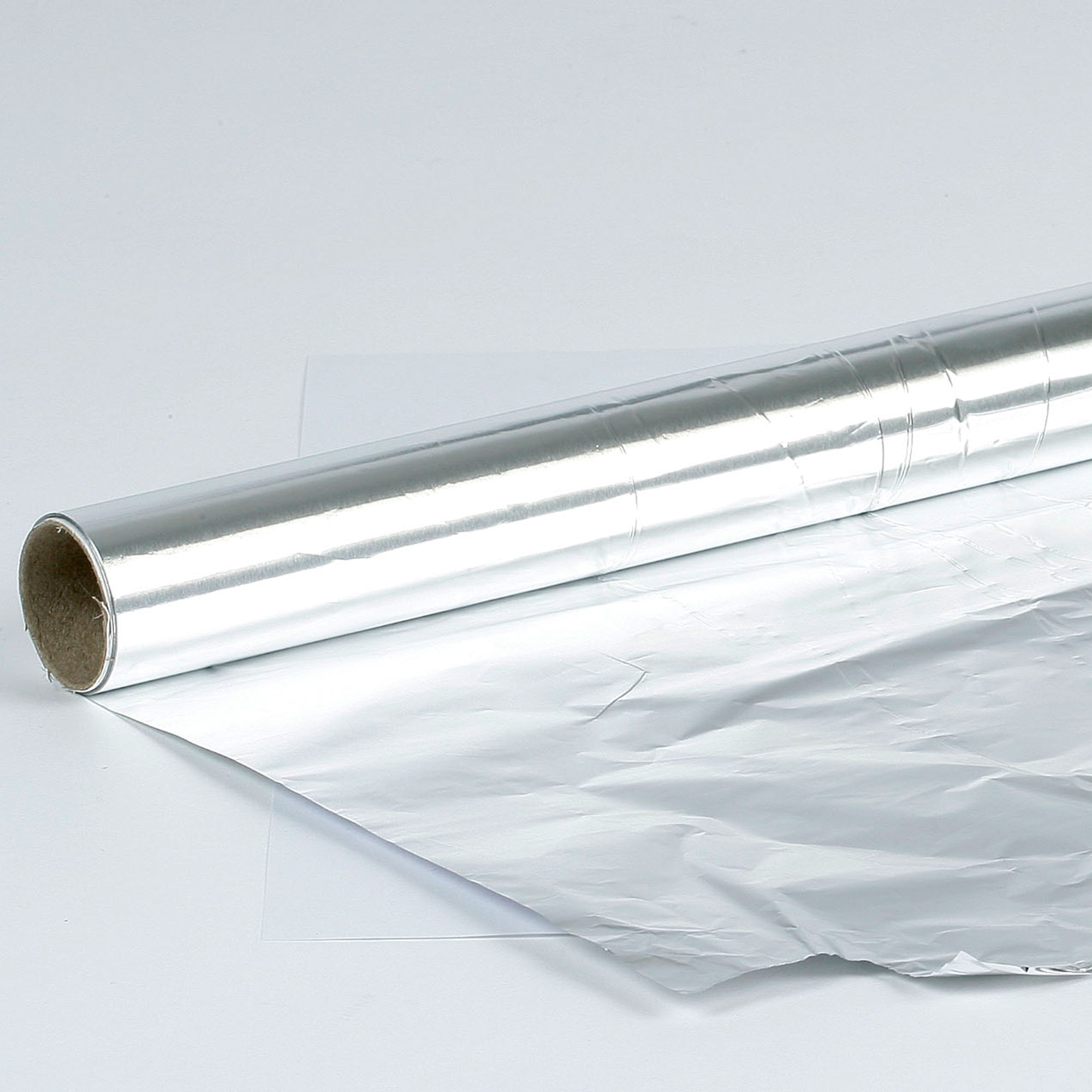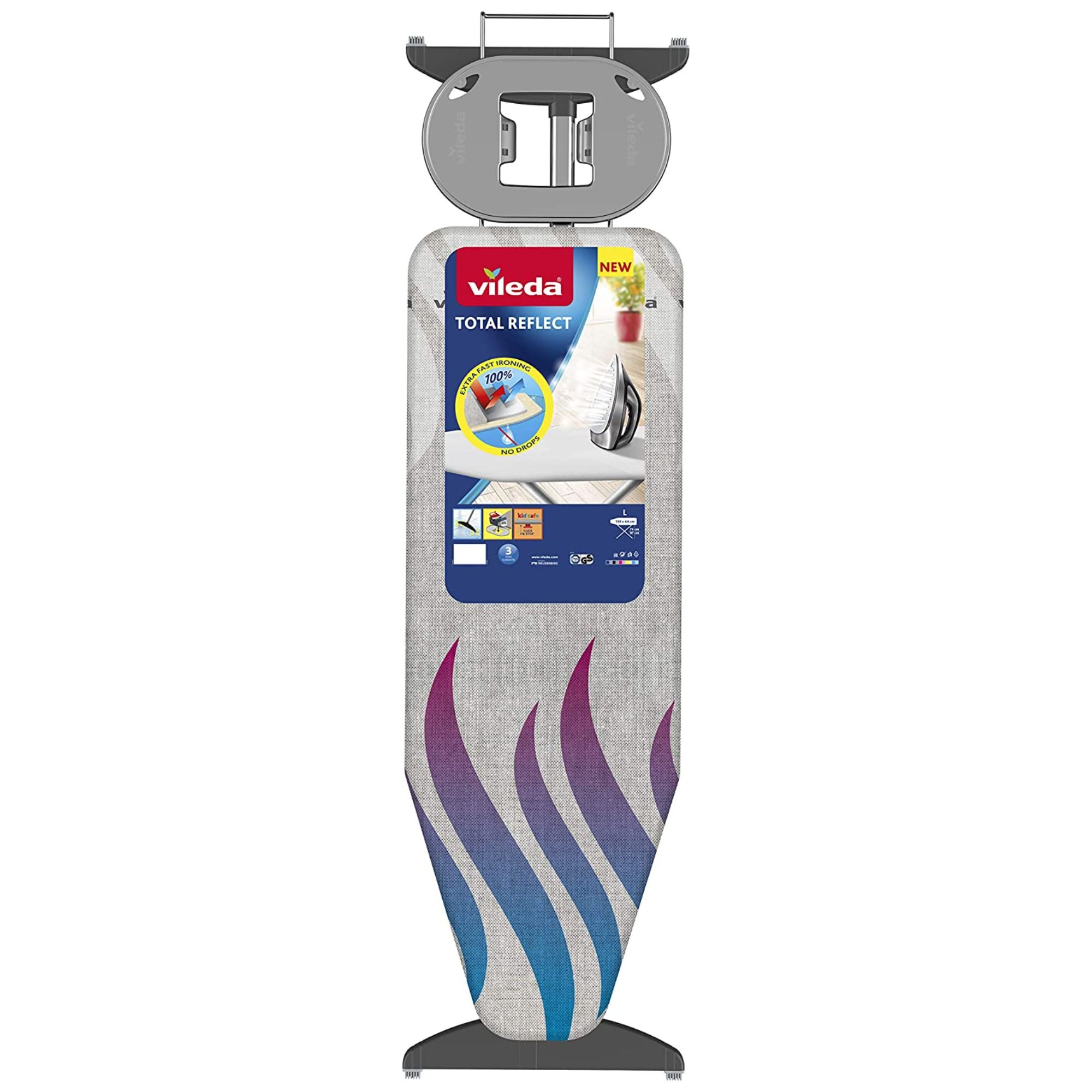This clever trick using tin foil should make ironing faster and easier
Ironing can be especially laborious, so any way we can make it easier, we will


For many of us, ironing is one of the most dull chores around – standing around, for hours sometimes, moving the iron up and down across our garments in a repetitive movement. It’s both dull and exhausting at the same time.
So we’d do pretty much anything possible to make it easier and less tiresome. And thankfully one expert cleaner has recommended a very simple trick to help us all achieve that!
All you need to hand is a piece of tin foil, your iron of course (be it a corded iron or cordless iron), and your ironing board with a cover on it. Here’s how to make all of your ironing dreams come true…
How to use tin foil to make ironing quicker
This trick utilises the reflective nature of tin foil in order to maximise the effectiveness of your iron – and therefore make ironing faster for you.
Domestic cleaner Mariya Gurkova at Fantastic Services, partnering with Freemans, explains: 'Placing aluminium foil underneath the ironing board can speed the task of ironing up,' she says.
'As the iron glides over the garment, the foil amplifies the heat and reduces wrinkles with fewer passes due to its reflective surface; which almost results in ironing both sides of the fabric simultaneously. It means that you don’t have to iron both sides of your clothes – the foil takes care of the extra work.' Genius!
To ensure you’re completing the trick correctly, you should make sure to place your foil under the cover of your ironing board (instead of placing your clothes directly on top of the foil), and make sure that you’ve placed the tin foil itself the right way up.
Sign up to our newsletter for style inspiration, real homes, project and garden advice and shopping know-how

Mariya recommends that you 'remove the ironing board cover and spread the tin foil over the board, tucking the foil underneath. The foil under the ironing board should be smooth and flat to provide consistent heat distribution, with the shiny side facing upwards for maximum heat reflection.'
'Then pop the cover back over the foil and the foil will reflect the heat onto the underside of the garments, acting like a second iron,' she continues.
So why (and how) exactly does this work then? We won’t get into the science too much, but Mariya explains that it’s all about the fact that the tin foil is a great insulator.
'As an insulator, aluminium foil holds onto the iron's temperature and the foil acts as a conductor to keep thermal energy up. The shiny side should be the one that sits below the cover, as this side will retain and emit heat onto garments.
'The foil also releases heat quickly once it’s no longer exposed to a heat source – so there’s not much cooling down time once you're done ironing,' she says.

And, handily, you can use the same piece of foil over and over again every time you iron, as it shouldn’t lose its effectiveness for quite a while.
'As the cover protects the foil, it can be reused for many occasions,' Mariya insists. 'You should swap the foil out for a new layer when the texture is no longer smooth – when it starts to wrinkle and isn’t flat, it won’t be useful.'
You also need to make sure that you’ve got enough tin foil to cover almost your entire ironing board, however, so it may require more than just one piece. 'Just make sure all the areas you iron have a layer of aluminium foil beneath the cover and the foil is pulled tight across it,' Mariya says.
However, if you don't want to use a piece of foil, you can opt instead to invest in one of the best ironing boards that has a heat-reflective top. For example, the Vileda Total Reflect Ironing Board, available on Amazon aims to create the same effect and scored highly when we reviewed it.
Here are our top ironing boards that armed with this hack will make quick work of ironing.




Amy Hunt is an experienced digital journalist and editor, now working in a freelance capacity specialising in homes and interiors, wellness, travel and careers. She was previously Lifestyle Editor at woman&home, overseeing the homes, books and features sections of the website. Having worked in the industry for over eight years, she has contributed to a range of publications including Ideal Home, Livingetc, T3,Goodto, Woman, Woman’s Own, and Red magazine.